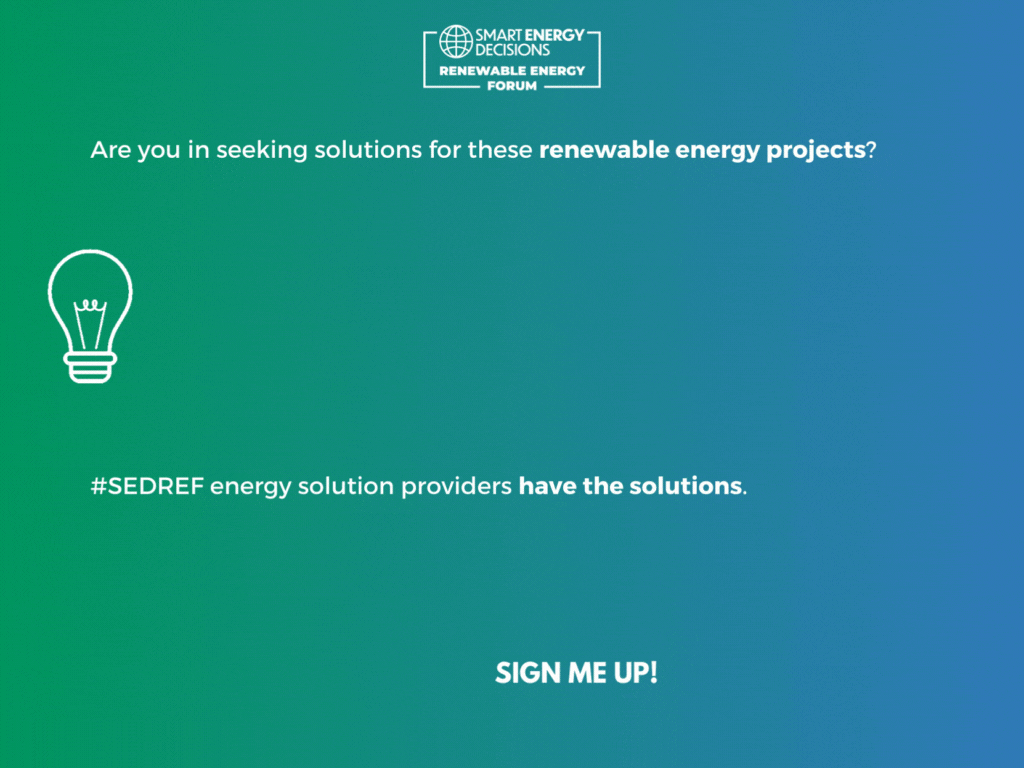Commercial, Demand Management, Distributed Energy Resources, Energy Efficiency, Commercial, Solar - June 28, 2017
JPMorgan plans energy management software rollout
Photo credit: Roman Tiraspolsky / Shutterstock.com
Building on the previously announced rollout of LED lighting across thousands of JPMorgan Chase branches, the bank is expanding its energy efficiency work to include the installation of new energy management and digital technologies at approximately 4,500 locations.
The bank will deploy a new energy management system from Current, by GE, that will utilize sensors, software and lighting controls that are expected to help Chase's branches reduce gas and electric consumption by 15%, according to a June 28 announcement from Current. Additionally, at its California branches, with plans to expand solar deployment to thousands of its other locations.
According to the announcement, Chase branches will incorporate a variety of new software applications, including apps to improve energy management, HVAC efficiency, lighting and power system controls, and irrigation processes. The apps will leverage Current's industrial Internet software platform, Predix.
The companies said the new plans represent a next step following their collaboration on JPMorgan Chase's massive LED lighting rollout. According to the June 28 announcement, 2,500 of Chase's branches have been retrofitted with LED lighting to-date, helping to reduce lighting energy consumption by 50%, and an additional 60 JPMorgan Chase corporate offices are also scheduled for LED retrofits.
Overall, JPMorgan Chase has committed to reducing its global greenhouse gas emissions by 50% from a 2005 baseline by 2020 and had recorded a reduction of about 38% from that same baseline by the end of 2016, according to its most recent sustainability report. Its building efficiency efforts alone are expected to reduce its global energy consumption and greenhouse gas emissions by nearly 20% from the 2015 baseline.
Read These Related Articles:
Stay Up-To-Date












